How do I reference… a newspaper article in the APA7 style?
02/06/2023

If you’re using newspaper content in your work, you may be wondering how to reference it. Is it exactly the same as a journal article reference? Well, it’s pretty similar. Here’s a short guide.
To reference newspaper articles in APA7, you need the following referencing elements:
- Author details – in the format Surname, Initials.
- Publication date in full – in the format (year, month day) within a set of round brackets.
- Article title.
- Newspaper title, and page range (if appropriate).
- URL / DOI – if accessed online
Each element of the reference needs to be separated from the next by a full-stop and a space.
So, a newspaper reference would look like this:
Millard, R. (2023, May 26). Energy bills to stay above pre-crisis levels. Financial Times, p2.
or, if I had read this online…
Millard, R. (2023, May 26). Energy bills to stay above pre-crisis levels. Financial Times, p2. https://ft.pressreader.com/v99c2023052600000051001001
Remember that APA7 references should all be formatted with a hanging indent.
Your in-text citations (where you refer to the article within your text) would simply include the author’s surname and the year of publication so…
Millard (2023) – or, if you are quoting directly – Millard (2023, p2).
Any questions about referencing? Consult our Referencing and Plagiarism pages or drop us an email here.
Please note: Cranfield supports two different referencing styles – APA7 (Author-date) and Numbered (NLM). Please make sure you use the style preferred by your supervisor or lecturer. The advice above relates only to the APA7 style. If you have any questions about referencing, please contact the Library.
Feature image from Pixabay. Available at: https://pixabay.com/photos/business-background-blog-2651346/
Categories & Tags:
Leave a comment on this post:
You might also like…
Keren Tuv: My Cranfield experience studying Renewable Energy
Hello, my name is Keren, I am from London, UK, and I am studying Renewable Energy MSc. My journey to discovering Cranfield University began when I first decided to return to academia to pursue ...
3D Metal Manufacturing in space: A look into the future
David Rico Sierra, Research Fellow in Additive Manufacturing, was recently involved in an exciting project to manufacture parts using 3D printers in space. Here he reflects on his time working with Airbus in Toulouse… ...
A Legacy of Courage: From India to Britain, Three Generations Find Their Home
My story begins with my grandfather, who plucked up the courage to travel aboard at the age of 22 and start a new life in the UK. I don’t think he would have thought that ...
Cranfield to JLR: mastering mechatronics for a dream career
My name is Jerin Tom, and in 2023 I graduated from Cranfield with an MSc in Automotive Mechatronics. Originally from India, I've always been fascinated by the world of automobiles. Why Cranfield and the ...
Bringing the vision of advanced air mobility closer to reality
Experts at Cranfield University led by Professor Antonios Tsourdos, Head of the Autonomous and Cyber-Physical Systems Centre, are part of the Air Mobility Ecosystem Consortium (AMEC), which aims to demonstrate the commercial and operational ...
Using grey literature in your research: A short guide
As you research and write your thesis, you might come across, or be looking for, ‘grey literature’. This is quite simply material that is either unpublished, or published but not in a commercial form. Types ...






